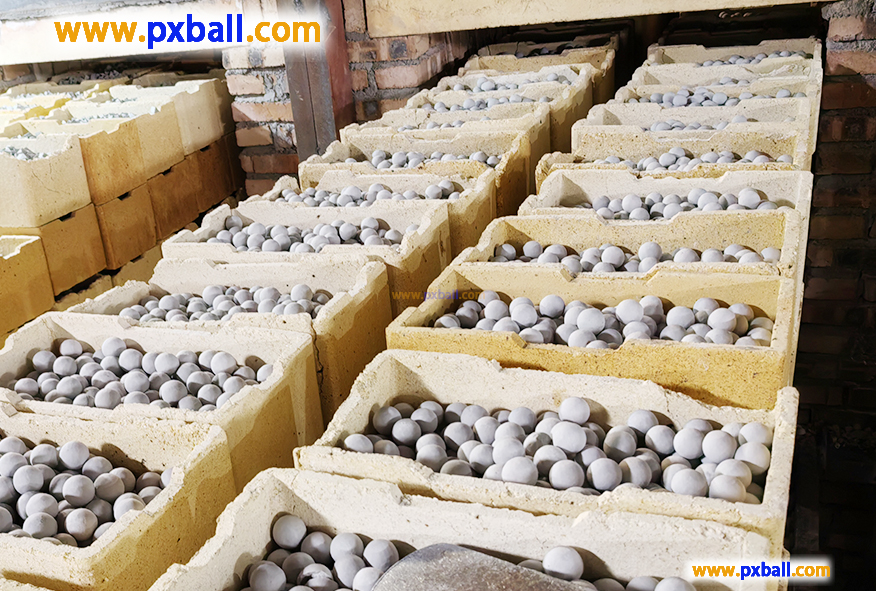
How to Make Ceramic Balls
The process of making ceramic balls generally consists of three parts, preparing the ball clay, firing the ball clay, and screening and packaging. The ball clay is usually made from high-purity raw material powders that are pressed or rolled into shape, then fired, followed by screening and packaging.
Method of Making Ceramic Balls
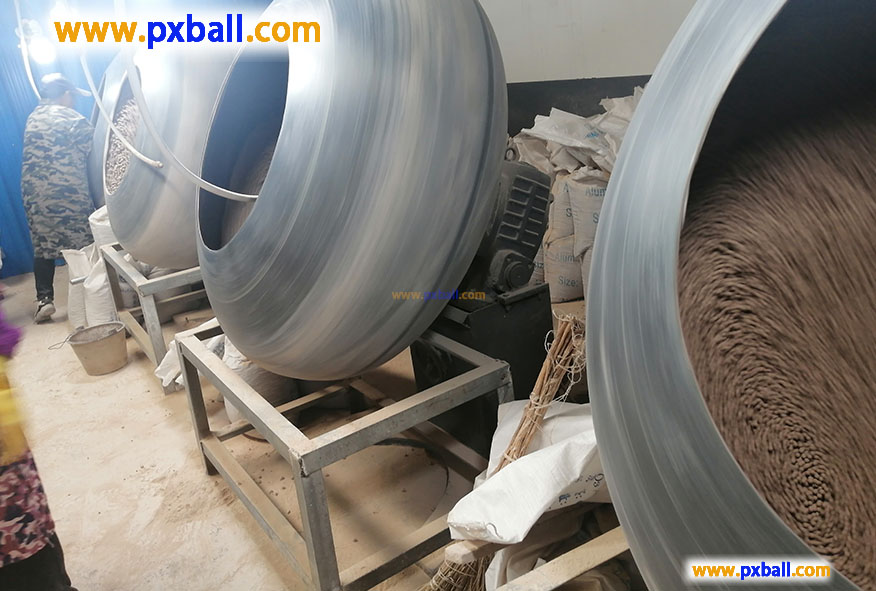
The "Rolling Snowball" Method: The "Rolling Snowball" rolling method involves placing the ceramic powder that has been granulated into a rolling drum and adding powder while spraying a fine, even stream of water from a nozzle. As the powder rolls around the drum wall, it eventually forms into small balls. The advantage of this preparation method is its simplicity and ease of use, with a low investment, making it suitable for the production of inert ceramic balls.
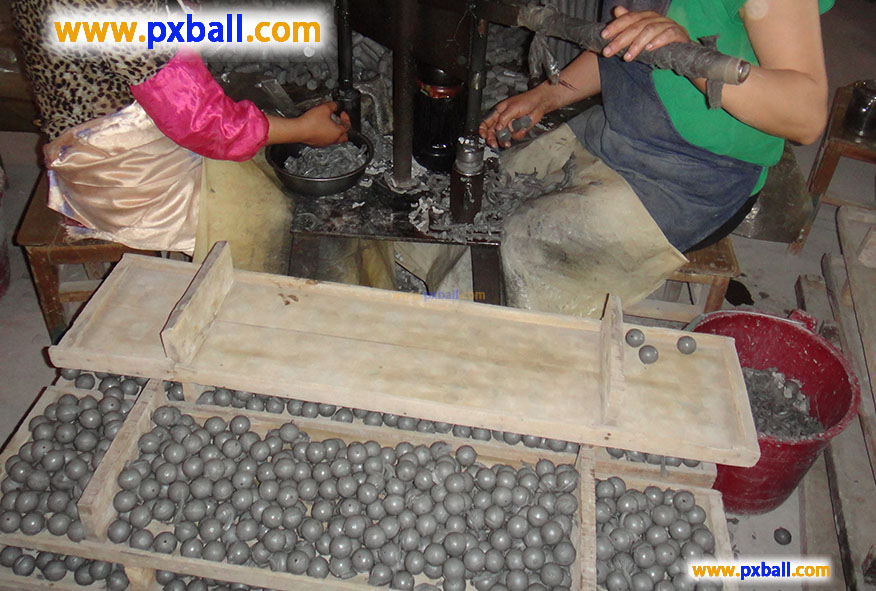
Metal mold compression molding: The ceramic slurry is placed in a metal mold and compressed into shape by applying pressure, forming the green body of the open-pored ceramic balls.
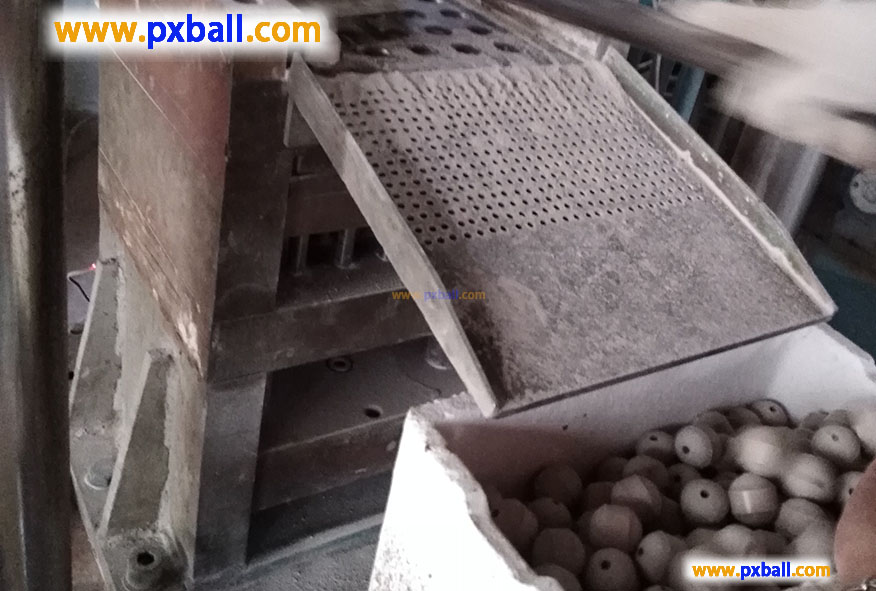
The dry pressing technology: The dry pressing technology is a common preparation molding technology for ceramic balls, which has the advantages of simple operation and fewer production processes. By pouring the powder into a certain shape of the mold, the powder can be pressed into a certain shape of the green body by applying external pressure on the mold plug.
The Process of Making Inert Ceramic Balls
1. Prepare Raw Materials: Select high-quality ceramic powder as raw materials.
2. Mixing: Mix the raw materials and additives evenly, usually using wet mixing.
3. Shaping: Shape the mixed raw materials using methods such as extrusion and snowball rolling.
4. Drying: After shaping, the inert ceramic balls are left at room temperature for a certain period of time to dry.
5. Firing: After drying, the inert ceramic balls are sent to the kiln for high-temperature firing, usually at a temperature of over 1000℃.
6. Inspection: Inspect the alumina trioxide content, size, hardness, density, appearance, etc. of the ceramic balls to see if they meet the requirements.
7. Screening and Packaging: Screen the fired inert ceramic balls to remove dust and other impurities, then pack them in woven bags or iron drums, or on pallets.
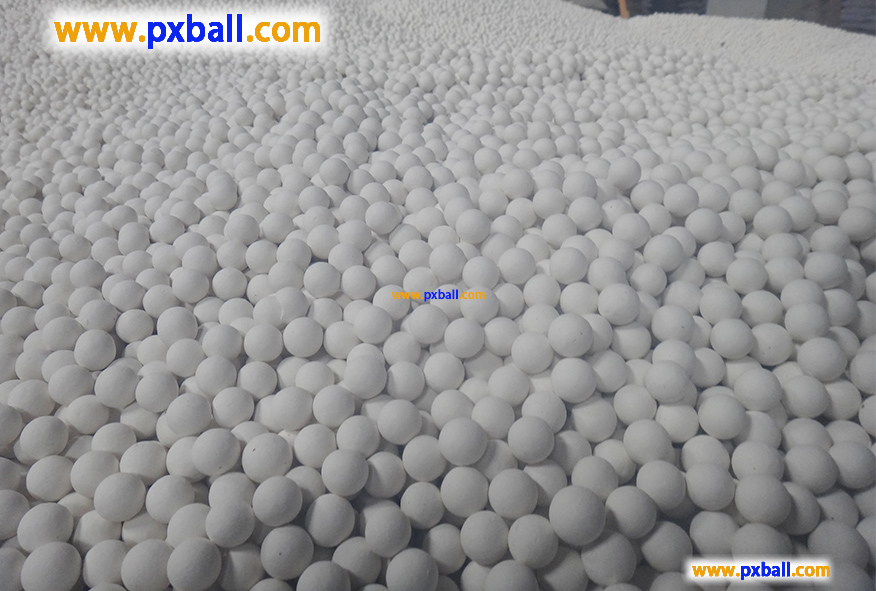
Catalyst Inert Ceramic Packing Process
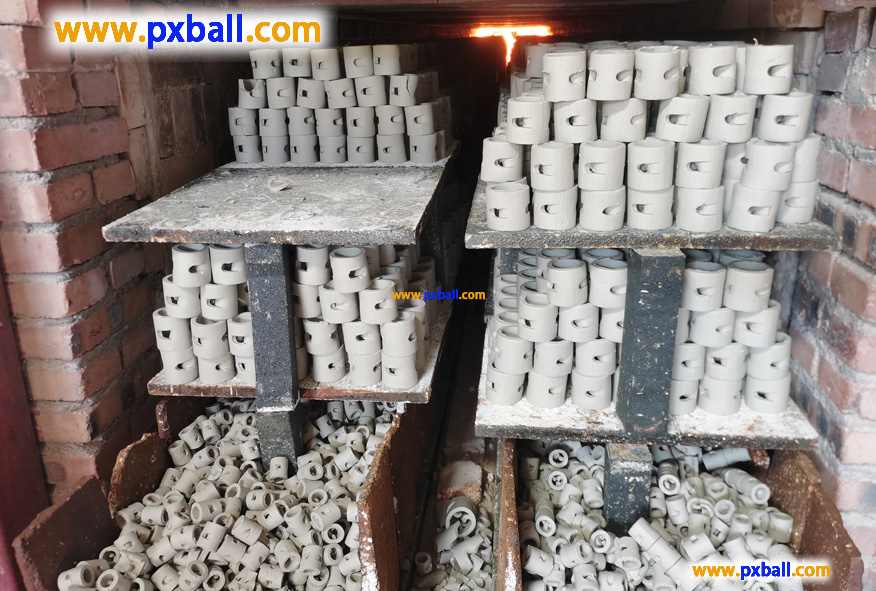
Is ceramic an inert waste?
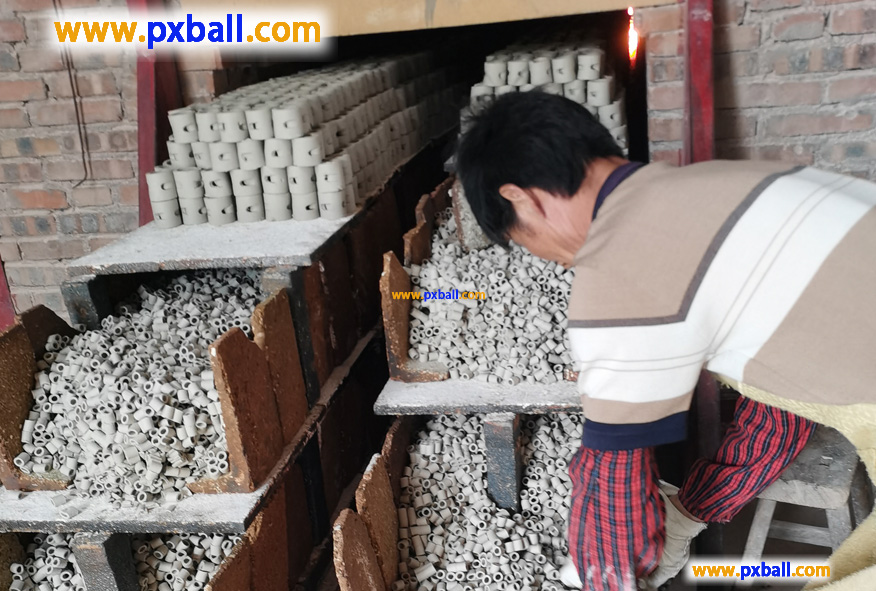
Are ceramics chemically inert?
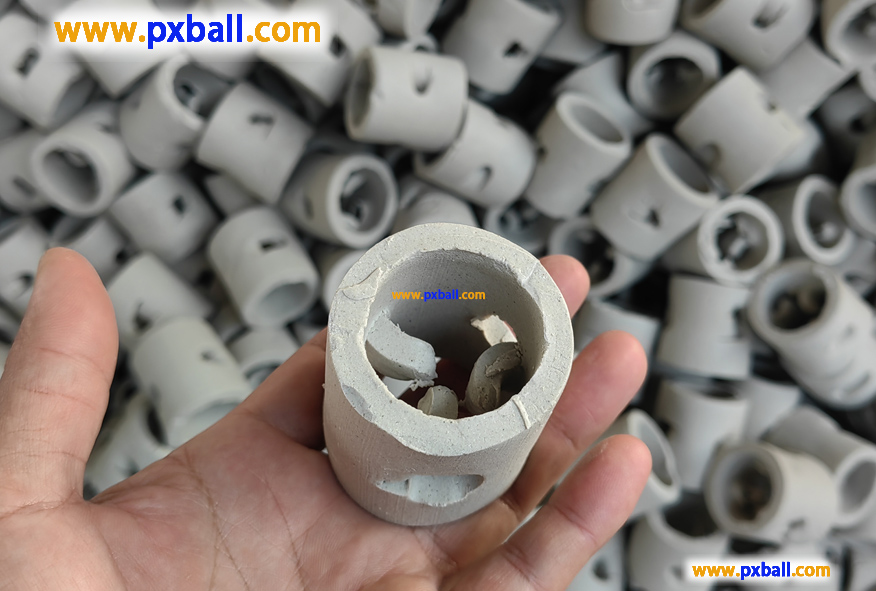
What is inert ceramics?
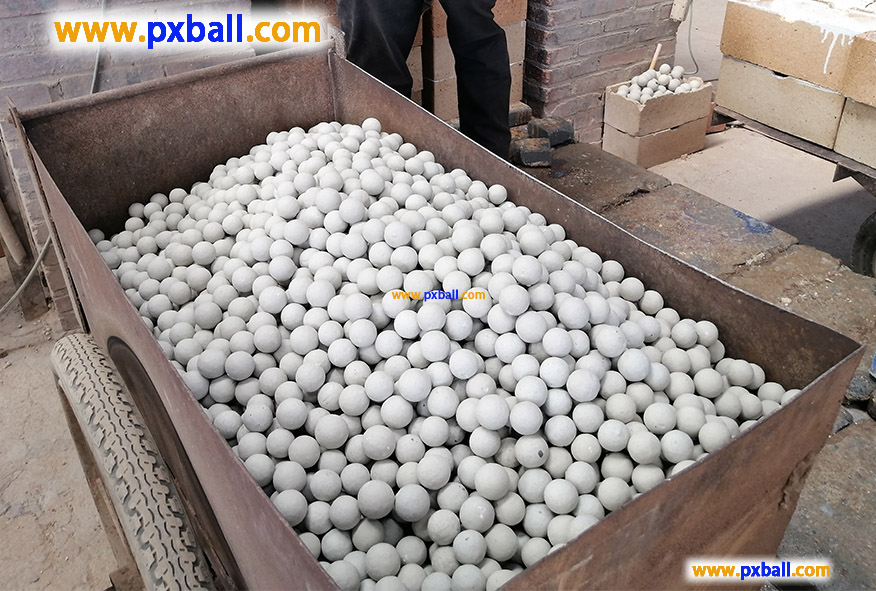
inert alumina ceramic ball density

Why do inert ceramic balls emphasize the level of aluminium content?
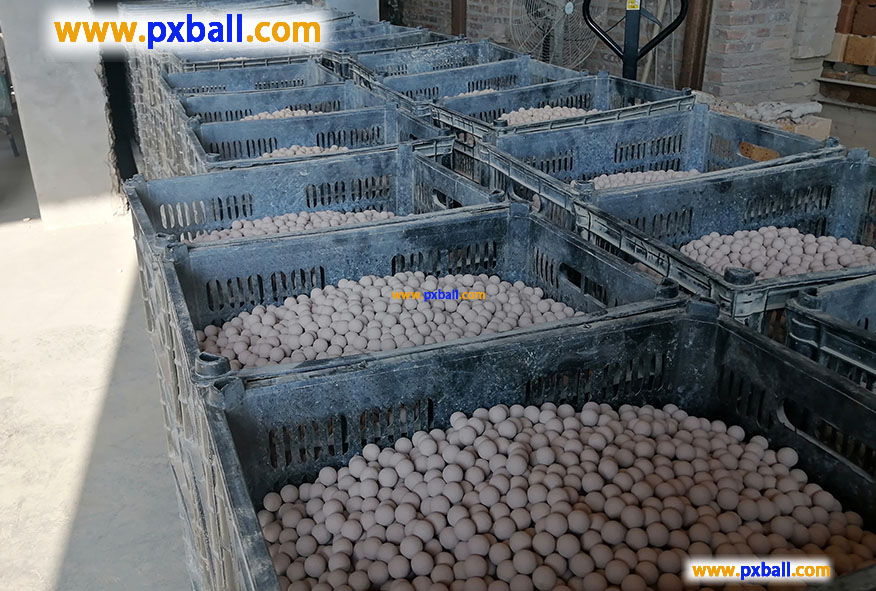
What are alumina ceramic balls used for?
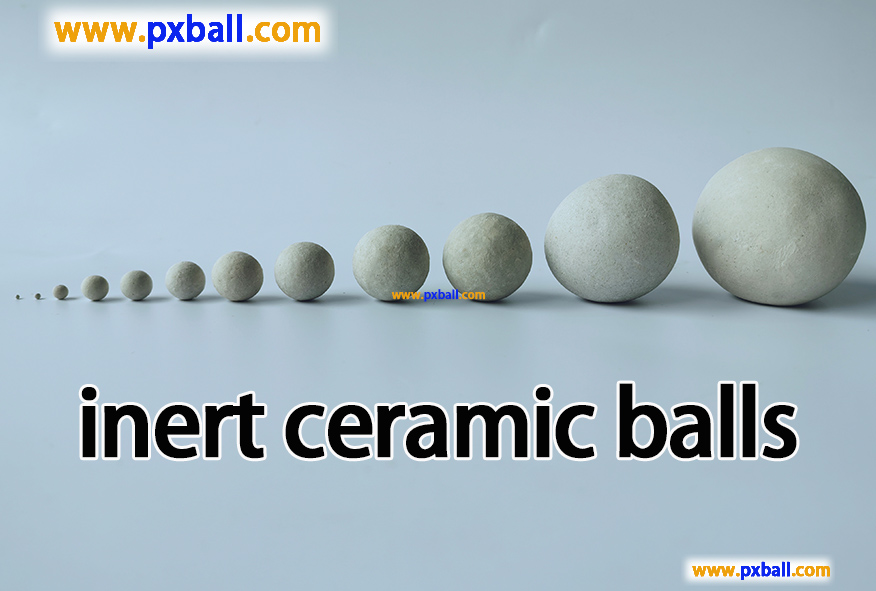
What is inert ceramic ball?